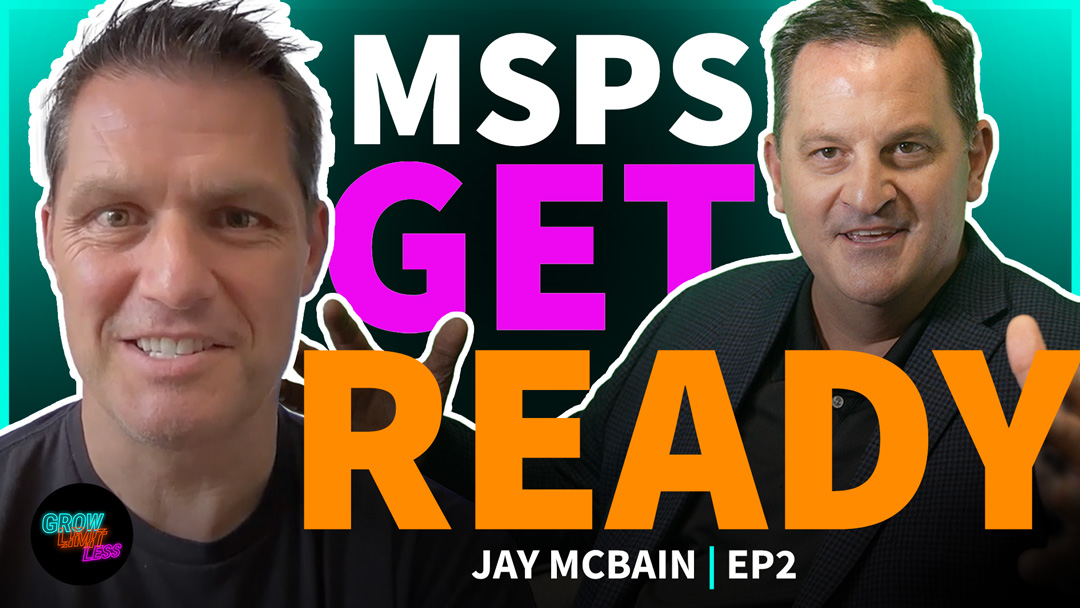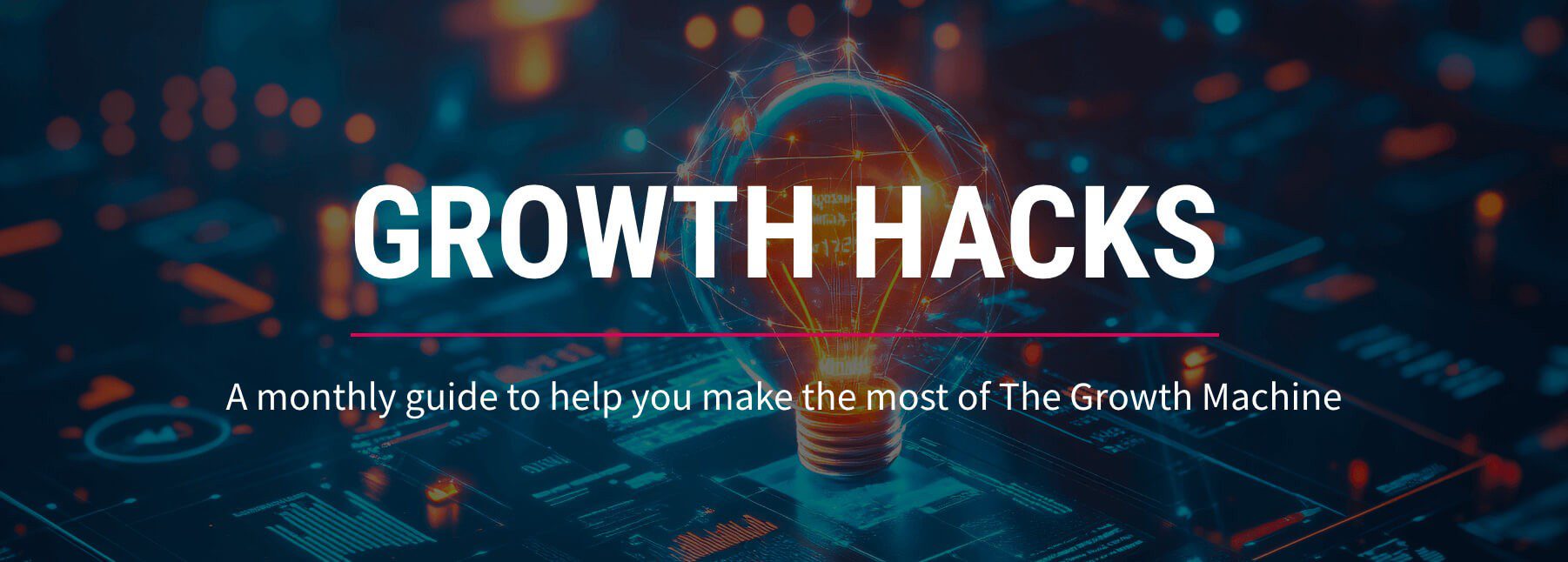The 5 steps to successful inbound marketing for MSPs are:
- Align with business goals
- Know your customer
- Quality content
- Focus on conversion
- Utilise the right channels
But before we get started on the how, we’ll tell you the why!
What is inbound marketing?
With inbound marketing for MSPs, your aim is to create informational content that is designed to draw customers in and increase brand awareness. As opposed to outbound marketing (I.e., cold calls or display ads), inbound marketing aims at attracting potential customers through educational and informative content that adds value for your target audience. This could be via blogs, infographics or case studies, which are designed to gently help customers move through the marketing funnel towards conversion.
Why is inbound marketing for MSPs important?
Inbound marketing – or any marketing tactic for that matter – is not a get-rich-quick scheme, and it won’t double your MSPs revenue overnight. But it is imperative to business growth. Inbound marketing is your best long-term marketing tactic and allows you to create content that will continue to add value and draw traffic for as long as it’s published and available on your website. Outbound marketing strategies like Paid Ads lose value as soon as you stop your campaign, while most inbound marketing content is evergreen. Think informational blogs or case studies—these content pieces will (in most cases) be as relevant a year from now as they are today. It’s also a more sustainable marketing strategy for strained budgets—research shows that inbound marketing leads cost 61% less on average than outbound leads.
What are the 5 steps to successful inbound marketing for MSPs?
Step 1: Align with business goals
The most important part is that your inbound marketing goals are aligned with your overall business goals. After all, your marketing department exists because you want to hit your growth targets. So, before you start formulating your inbound marketing strategy, sit down and deep dive into your business goals. Are you focusing on new customer acquisition? Do you have revenue targets in specific service areas that are your priority? Do you want to target a specific sector or niche requirement? Once you identify your main business drivers, you can create your inbound marketing goals that are specifically created to complement and ultimately hit, your business goals.
Step 2: Know your customer
The more targeted your inbound marketing, the more likely you are to see success. Targeting everyone is like leaving the harbour without a compass—you might get to land eventually, but you’ll likely be far off your intended destination. The purpose of inbound marketing is to actively add value to your customers, so you need to understand who your customers are. What are their pain points and needs? What drives them? What are their challenges and goals? Inbound marketing for MSPs should not be designed to reach all people, but the right people. The cliched message of the right message, to the right person, at the right time is the underlying principle of knowing your customer and delivering them value just when they need it.
Step 3: Quality content
Now that you know your goals and customers, you can start to create your content. There are several best practices to keep in mind when it comes to producing high value, quality content for your audience:
- Keyword research – SEO is your friend. Start with keyword research to help target your content. Tools like Google Keyword Planner, Semrush or Ahrefs help you identify relevant search terms and phrases.
- Showcase your expertise – including relevant statistics, external links to sources and expert testimonials will increase your trust and authority. Audiences know when they’re reading filler content, so ensure you are doing your research and back up your claims.
- Variety is key – people like to consume content in different formats. When creating your inbound marketing, why not mix it up? Case studies, infographics, videos, webinars and podcasts are all great ways to offer a satisfying variety of media formats.
Learn more about effective Content Marketing
Content marketing is a great way to organically grow your brand awareness. If you want to learn more, read our blog, 8 Steps to Perfect Your MSP Content Marketing Strategy.
Step 4: Focus on conversion
Creating high-quality content is important, but you also need to set it up for conversion. With inbound marketing, you are focusing on building brand awareness and gently moving prospects through the marketing funnel. In practice, this can look like this: you create an informational blog addressing some of your target audience’s pain points. The main CTA of this blog is to download your product sheet, because your product helps them overcome their pain points. The main CTA of your product sheet is to book in a meeting or demo to learn more. That way, you gently lead them from awareness to consideration to conversion.
However, it’s not enough to simply add CTAs to the inbound marketing content you’re creating. You should also optimise your owned media. Is your website set up for conversion? Do your service pages include enough motivations for people to get in touch or book demos? Driving traffic to your website is great, but you also need to give your visitors the ability to take the action you want them to do (in most cases: book a meeting).
Want some MSP website best practice advice?
Check out our blog The 8 MSP Website Must-Haves to Build a Foundation for Growth where we do just that.
Step 5: Utilise the right channels
Finally, you want to ensure you’re not just focusing on one marketing channel. When it comes to inbound marketing for MSPs, different channels are great for different purposes.
Blogging
Creating a blog is a great way to regularly add fresh content and drive more traffic to your website. In terms of user intent, blogs should be mostly informational and target your audiences’ challenges, pain points and goals, and you can use them to gently guide your visitors towards your services. There are various blog formats that you can use based on the content you’re trying to cover.
Is your MSP an expert in Cloud transformation? You can write a comparison blog of the different Cloud types to help your audience figure out which solution is right for their business and then link to your Cloud services page.
Are you a Managed Security Services Provider? A listicle about the latest cyber security threats adds great value to your audience so they can understand why it’s so crucial to invest in their cyber security posture.
Blogs are an amazing way to add high-value informational content that answers your audience’s most common questions or concerns while naturally linking back to the services you offer.
Landing Pages
Your website’s landing pages should be all about conversion and commercial intent. Is your MSP an expert in cyber security? Then clearly showcase why, what services you offer, and what your unique selling point is. Why should they choose you over your competitors? This is where you really want to focus on highlighting yourself. If you have any case studies or client testimonials, here is a great place to add two or three to build trust.
SEO
As briefly mentioned before, SEO is your friend. It’s relevant to all content you’re posting on your website, because the more SEO-friendly it is, the more likely you are to rank higher and drive more traffic to your content pieces. You can learn more about optimising your content for SEO here.
Social Media
Social Media is a great way to build an audience for your MSP. It’s free, can help you grow awareness, and even increase trust of your existing customers. In terms of inbound marketing for MSPs, you can use social media to share company news and updates, and regularly post about the new content pieces you’re adding to your website. Did you recently publish an eBook on the advantages of outsourced IT? Let your social media following know and give them the chance to download!
While email doesn’t necessarily qualify as a channel for inbound marketing in the same sense as the other channels do, it’s still a great tool to nurture leads that you’ve acquired and slowly warm them up for conversion with related content.
Success inbound: how to get started on the right foot
Inbound marketing for MSPs is the best way to invest in your future. It’s the best long-term marketing strategy to nurture and sustain your business growth and help you reach your goals. The best way to get started is by evaluating where you currently stand. How much time and effort are you currently investing in your marketing? Is your website set up for success?
At Marketopia, we have two decades of experience in helping MSPs see success through marketing. We offer a free, no-strings-attached website audit that can point you in the right direction and help you understand where to focus your inbound marketing efforts.
Our audit covers:
- Website Structure, Organisation and Security
- Content Quality and Relevance
- Search Engine Optimisation
- User Experience
- Internal Linking
- Recommendations and Next Steps
- And more!
Book your free audit today!







